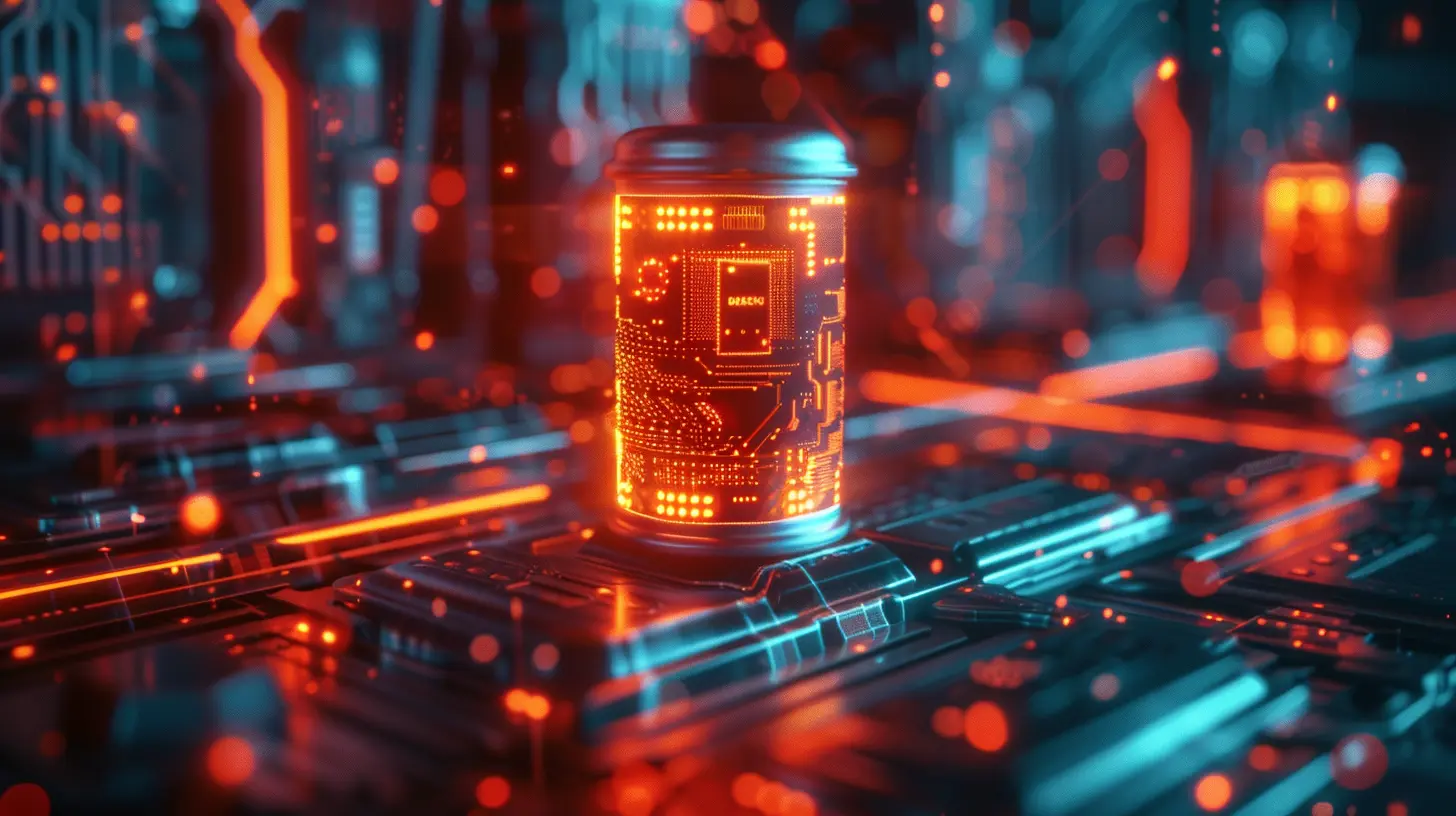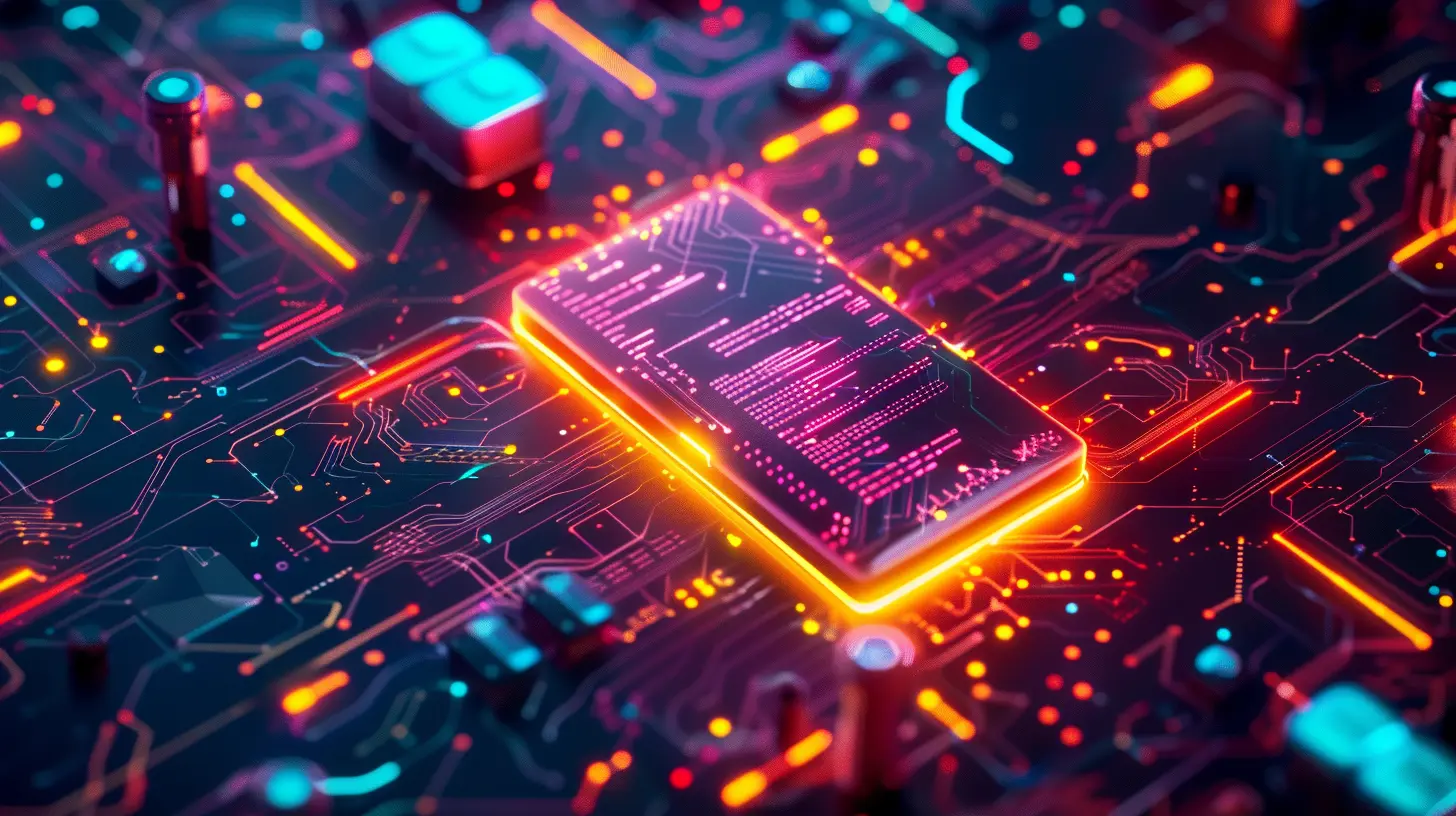How Battery Tech is Boosting the Performance of IoT Devices
22 October 2025
The Internet of Things (IoT) has taken over our homes, cars, and even our refrigerators. From smart doorbells to fitness trackers, these tiny tech marvels are everywhere! But let’s be honest—without a reliable power source, they’d be nothing more than expensive paperweights.
Battery technology is the unsung hero behind the success of IoT devices. Without advancements in batteries, our beloved smart gadgets would be doomed to a life of constant charging or, worse, dying at the most inconvenient moments (because, of course, your smartwatch will run out of juice right when you need to flex your step count).
So, how exactly is battery technology supercharging (pun intended) the IoT revolution? Let’s plug in and find out. 
🔋 The Growing Power Demands of IoT
IoT devices are designed to be compact, wireless, and efficient—but they still need power. And as they become more advanced, their thirst for energy increases.Take your average smart home device. It’s constantly listening, waiting for your command ("Hey Alexa, tell me a joke"), and transmitting data to the cloud. That’s a lot of background work requiring a solid power source.
But here’s the problem: Nobody wants to charge their smart home sensors or replace batteries every two weeks. That’s where battery innovations step in to save the day! 
⚡ Lithium-ion Batteries: The Powerhouses of IoT
Lithium-ion (Li-ion) batteries are the Taylor Swift of the battery world—popular, reliable, and always evolving. These rechargeable batteries have transformed the IoT landscape by offering:- Higher energy density – More power in a smaller package.
- Longer lifespan – Because nobody wants to replace their wearables every six months.
- Fast charging – Because waiting is so last decade.
That’s why your smartphone, smartwatch, and even some IoT-connected medical devices rely on lithium-ion batteries to stay operational.
But while Li-ion is great, it's not the only player in the game. There are newer, shinier battery technologies making waves. 
🏆 Solid-State Batteries: The Future of IoT Power
If Li-ion batteries are the MVPs, solid-state batteries are the rising rookies ready to take over. Instead of using liquid electrolytes (which can sometimes cause overheating or ahem explosions), these bad boys use solid electrolytes.Why is this exciting?
- Increased safety – No more fiery battery mishaps.- Higher energy storage – More life per charge.
- Smaller size – Perfect for tiny, power-hungry gadgets.
With solid-state batteries, IoT devices can run longer, safer, and more efficiently. And let’s be real—nobody wants their smart home to double as a fireworks show. 
🌞 Energy Harvesting Batteries: Because Free Power is the Best Power
Imagine a world where your IoT gadgets never need charging. Sounds like a dream, right? Well, energy-harvesting batteries are making it a reality!These futuristic batteries can collect energy from:
- Solar power – Perfect for outdoor sensors and smart wearables.
- Kinetic energy – Your smartwatch could literally recharge as you hit the gym.
- RF energy – Picking up stray radio waves and turning them into juice.
Think about it—your fitness tracker could stay powered as long as you keep moving, giving you the perfect excuse to finally stick to that New Year's resolution.
🧠 AI-Powered Battery Management: Because Smarter is Better
Okay, so we’ve got better batteries. But can we make them even smarter? Absolutely!AI-driven battery management systems help IoT devices optimize energy consumption by:
- Learning usage patterns – Your device knows when you need it most and adjusts accordingly.
- Reducing wastage – No unnecessary power drain when you’re not using it.
- Predicting failures – Warning you before your battery calls it quits.
Think of it like having a tiny, invisible butler inside your IoT device, making sure it always has the perfect amount of power at the right time. Not bad, right?
🛠️ Ultra-Low Power Processors: A Perfect Match for Efficient Batteries
It’s not just better batteries that are boosting IoT performance—it’s also the hardware they power.Modern IoT devices now use ultra-low power processors that sip energy instead of gulping it down. These chips are engineered to:
- Perform complex tasks with minimal power
- Enter sleep mode when not in use
- Optimize battery life without sacrificing performance
It’s like putting a fuel-efficient engine in a sports car—maximum output with minimal waste.
🚀 The Road Ahead: What’s Next for IoT Batteries?
Battery technology is evolving at lightning speed (or at least something faster than your Wi-Fi during peak hours). Here’s what we can expect in the near future:1. Graphene Batteries – The Superstars-in-Waiting
Graphene batteries promise insane energy density, lightning-fast charging, and near-infinite lifespans. They could make running out of battery a thing of the past.2. Wireless Charging Over Distance – No More Cables!
Imagine walking through your house and your IoT gadgets magically charging without any plugs. Sounds like sci-fi, but researchers are making it a reality.3. Bio-Batteries – Powering Devices with... Sweat?
Yes, you read that right. Scientists are developing bio-batteries that generate electricity from human sweat. Running could literally charge your fitness tracker.🌟 Conclusion: The Future is Bright (and Fully Charged)
IoT devices are everywhere, and we rely on them to make life easier, smarter, and more connected. Thanks to groundbreaking advancements in battery technology, these tiny power-hungry gadgets are getting longer battery life, lightning-fast charging, and even self-sustaining energy sources.So, whether you're asking Alexa for the weather, tracking your steps, or monitoring your smart home, you can rest assured—your devices won’t die on you anytime soon. Unless, of course, you forget to charge them. 😂
Until then, here’s to a future where battery woes are a thing of the past! Cheers to staying charged and connected!
all images in this post were generated using AI tools
Category:
Battery TechnologyAuthor:

John Peterson
Discussion
rate this article
1 comments
Zander Lamb
Great insights! The advancements in battery technology are truly transformative, empowering IoT devices to reach new heights in performance and functionality. Exciting times ahead!
October 25, 2025 at 10:51 AM

John Peterson
Thank you! I'm glad you found the insights valuable. Exciting times indeed as we continue to witness the impact of battery advancements on IoT technology!


